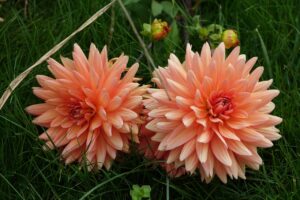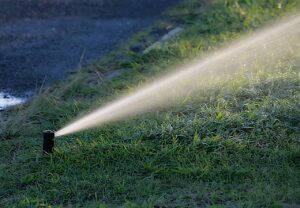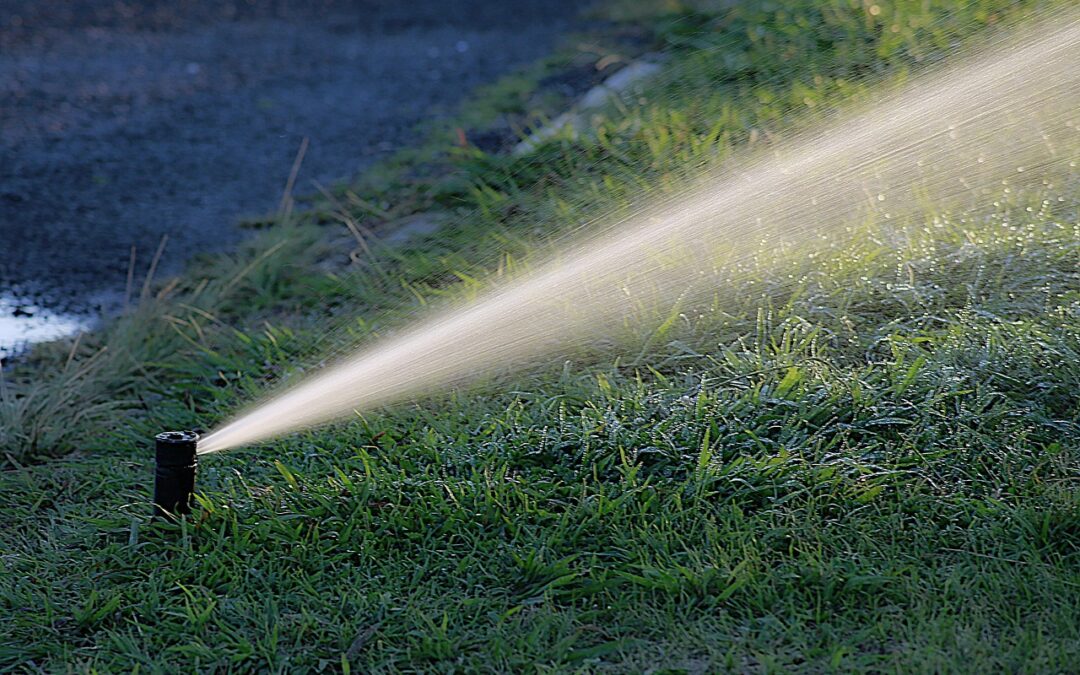July in the Garden: Colour, Care and Cultivation

July is the height of summer in UK gardens. Long, warm days, lush growth, and bursts of colour make this one of the most rewarding times of the year. Suddenly, all those hours of digging, sowing, and planting in the cooler months seem worth it. The roses are at their best, the borders are alive with buzzing bees, and vegetables are ripening in the sun.
But while it’s a time to celebrate, it’s also a month full of important gardening jobs. A garden doesn’t stop just because the sun is shining—it needs your care more than ever. From watering and feeding to keeping pests at bay, July is a month of maintenance, encouragement, and above all, enjoyment.
Best Lawn Care Tips for July

Lawns can be the pride of a summer garden, but they need thoughtful care in July. Continue mowing regularly—twice, or even three times per week if possible. Frequent mowing encourages a dense, healthy sward, while cutting only once a week (or less) stresses the grass and weakens the root system.
“Little and often is the golden rule of mowing. Nibble the tips, don’t scalp the grass.”
If hot weather is stressing your lawn, raise the mower blades by one notch to leave the grass slightly longer. This helps shade the roots and reduce water loss. If watering is an option, do so deeply—around 20 minutes at a time—to encourage roots to grow downwards. Shallow watering encourages weak roots that dry out quickly.
Feeding your lawn now keeps it green and strong through summer. Apply a summer lawn feed, but remember granular feeds must be watered in, while liquid feeds and seaweed tonics give a quick pick-me-up. If watering isn’t possible, don’t panic—lawns are resilient and will recover when autumn rains arrive.
If you’d like expert help with a lawn treatment programme, don’t hesitate to contact us for advice.
How to Water Hanging Baskets and Pots in July
Watering becomes the number one task in July. With hot days and warm evenings, the soil dries out faster than you might expect. Hanging baskets, pots, and troughs are especially thirsty, and they’ll need daily attention. Newly planted shrubs, trees, and perennials will also demand consistent moisture until they establish their roots.
“Think of water as the summer’s lifeblood—without it, your garden simply cannot thrive.”
Tomatoes are the poster child for careful watering this month. They dislike erratic moisture levels, which can cause problems like blossom end rot or fruit splitting. Aim to water regularly—ideally in the morning—with about 2.5–5cm (1–2 inches) of water. Go for a deep soak rather than a light sprinkle, and avoid waterlogging the soil.
Feeding Plants in Summer: The Secret to Abundant Blooms
Feeding goes hand in hand with watering. Fast-growing container plants and hanging baskets burn through nutrients quickly, so feed them every 7–10 days with a balanced liquid fertiliser. Tomato feed is a brilliant multi-tasker, working wonders not just for your veg but also for flowering annuals like petunias and geraniums. Sweet peas, too, reward regular feeding with armfuls of blooms for the vase.
“Feed little and often, and your plants will repay you in colour, vigour, and harvests.”
Deadheading and Weeding: Keeping Beds and Borders Tidy

By July, beds and borders are bursting with colour. To keep them looking their best, deadheading is your secret weapon. Snipping away spent blooms on roses, bedding plants, and herbaceous perennials encourages repeat flowering and keeps displays tidy.
Roses, in particular, thrive with this attention. Remove faded flowers just above a strong leaf to coax the plant into producing more buds. While you’re there, look out for signs of pests or disease—roses are prone to black spot, mildew, and unwelcome visitors like aphids.
Regular hoeing is another essential job this month. Weeds take advantage of warm weather and long days, stealing water and nutrients from your prized plants. A sharp hoe on a dry day makes light work of seedlings, leaving your borders neat and your plants stress-free.
Common Garden Pests in July and How to Control Them
July can be a testing month when it comes to pests. Greenfly and whitefly are especially active, often swarming over roses and bedding plants. Left unchecked, they weaken plants and spoil the look of your displays. Keep a close eye on tender new shoots and flower buds, which are their favourite targets.
Organic gardeners might prefer to wash them off with a strong jet of water, or to introduce beneficial insects like ladybirds and lacewings. Alternatively, use a soapy water spray or a targeted insecticide if infestations are heavy.
“The key to pest control is vigilance—spotting problems early means you can tackle them before they take hold.”
Also watch for mildew, especially in humid weather. Good air circulation around plants helps prevent this, as does watering at the base of plants rather than over the foliage.
July Vegetable Garden Jobs: Harvest and Sow
July is the month when the vegetable garden really rewards your efforts. Courgettes, peas, beans, lettuce, and early potatoes are ready for the table, and every trip to the veg patch feels like shopping in your own private store.
Tomatoes, cucumbers, and peppers need consistent watering and feeding to keep producing fruit. Pinch out tomato side shoots to focus the plant’s energy on ripening crops. For runner beans and climbing plants, keep them tied in to supports and harvest regularly to encourage continuous cropping.
“The more you pick, the more you’ll get—don’t let crops go to waste on the plant.”
Also remember to sow quick-growing crops like radishes, lettuce, and salad leaves to keep a steady supply coming through the summer. Successional sowing is the secret to avoiding feast-and-famine gluts.
Soft Fruits and Summer Berries
Soft fruits are at their peak this month. Raspberries, strawberries, gooseberries, and currants can all be harvested in abundance. Regular picking not only gives you delicious fruit but also encourages plants to produce more.
Net soft fruits if birds are getting there before you, but check daily to make sure no wildlife gets trapped. Keep fruit bushes well watered, particularly if they’re grown in pots, and mulch around the base to lock in moisture.
Stone fruits such as plums and cherries are also ripening—watch for wasps as they can quickly ruin a crop.
Enjoying Your Summer Garden
With so much to do, it’s easy to get caught up in constant activity. But July is also a month to sit back and appreciate the results of your labour. Pour yourself a cool drink, settle into a shady spot, and take in the hum of bees, the scent of roses, and the vibrant colours around you.
“Gardens are for living in, not just working in. Take time to enjoy your own little paradise.”
Whether you’re tending to pots, training your vegetables, or admiring the perfection of a newly mown lawn, remember that gardening is as much about pleasure as it is about hard work.
Final Thoughts
July is a golden month in the garden—a time of abundance, beauty, and reward. Yes, it brings its share of chores, but every job contributes to keeping your garden at its summer best. Water wisely, feed generously, mow regularly, and keep an eye on pests, and you’ll enjoy a thriving outdoor space that delights all season long.
So, whether you’re dreaming of a perfect lawn, baskets bursting with blooms, or a plate piled high with homegrown vegetables, July is your moment. Embrace it, nurture it, and most of all, enjoy it.
✨ “Remember to take time to sit and enjoy your garden. While there’s always something to do, you should appreciate your hard work too—happy gardening!”
Missed last month’s post? We’ve got you covered; June’s Gardening Jobs!
Looking forward to next month? Here you go; August Gardening Tips and Hints.

